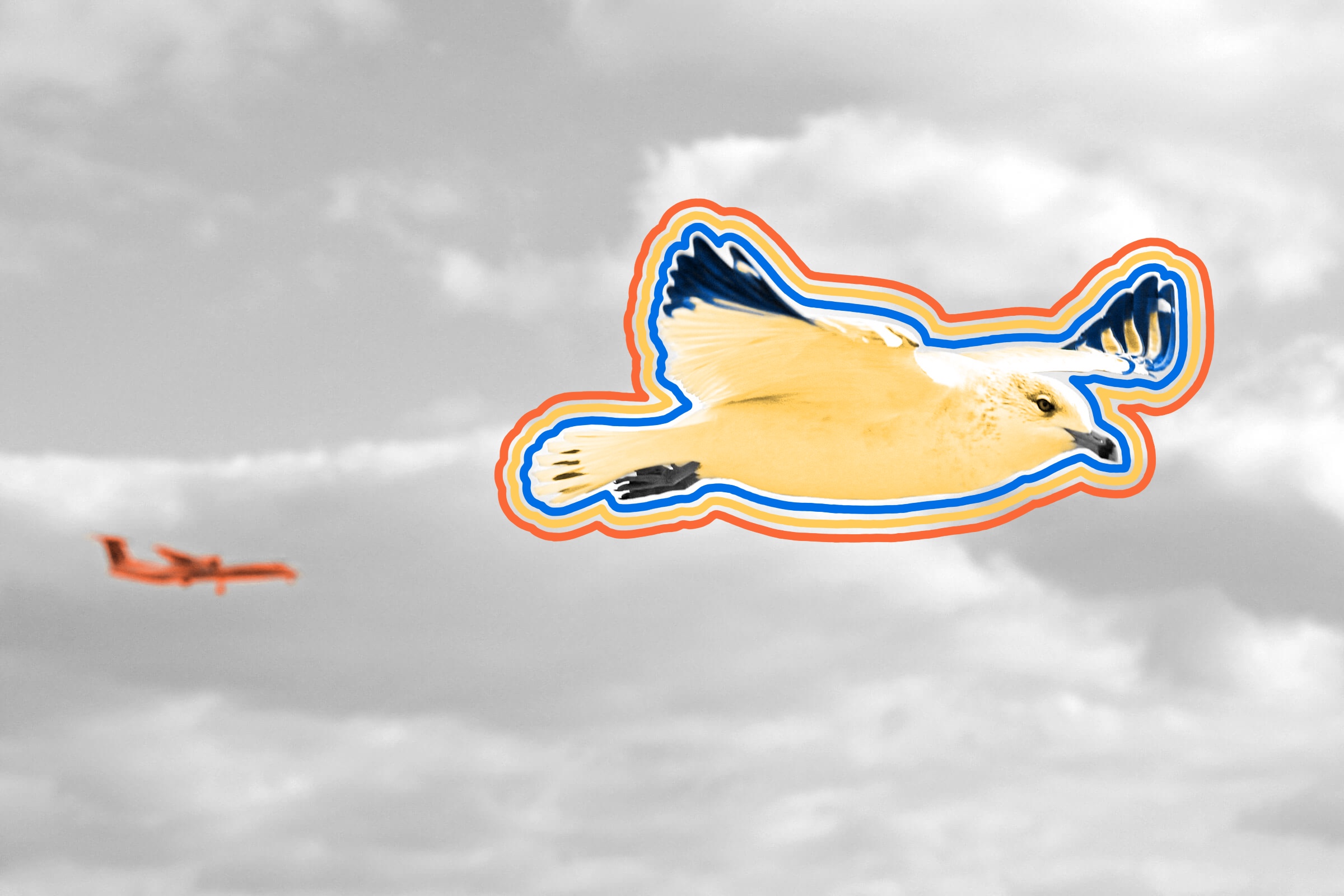| Enlisting animals into military service isn't entirely unusual — dolphins have been used for underwater surveillance and even camels have helped haul supplies. Those successes could be why a Coast Guard program meant to train pigeons for search and rescue missions was able to get off the ground in the late 1970s. Project Sea Hunt's goal was to more easily (and quickly) find people lost at sea using trained pigeons to act as real-time spotters. Despite their reputation as nuisance fowl, pigeons are easily trainable creatures with outstanding eyesight; they (like many birds) may even have better vision than humans, thanks to their ability to see UV light. Pigeons selected for the program underwent six months of training to spot yellow, orange, and red objects in the ocean (the most common colors for flotation devices and rafts), and were then placed in special pigeon chambers underneath helicopters that had a view of the water below. When the trained birds spotted a bright color, they could signal to Coast Guard pilots above by pecking a special pedal that flashed a signal in the cockpit. Test runs found that the pigeons were able to spot targets 90% of the time, compared to the human success rate of just 38%. The pigeons were also faster than their human counterparts, spotting potential victims before humans did 84% of the time. Despite these successes, Project Sea Hunt was shuttered due to federal budget cuts in the early 1980s. In the years since, the Coast Guard has combined flyovers, ocean-tracking software, and other methods to quickly and safely rescue those lost at sea. | 







No comments:
Post a Comment